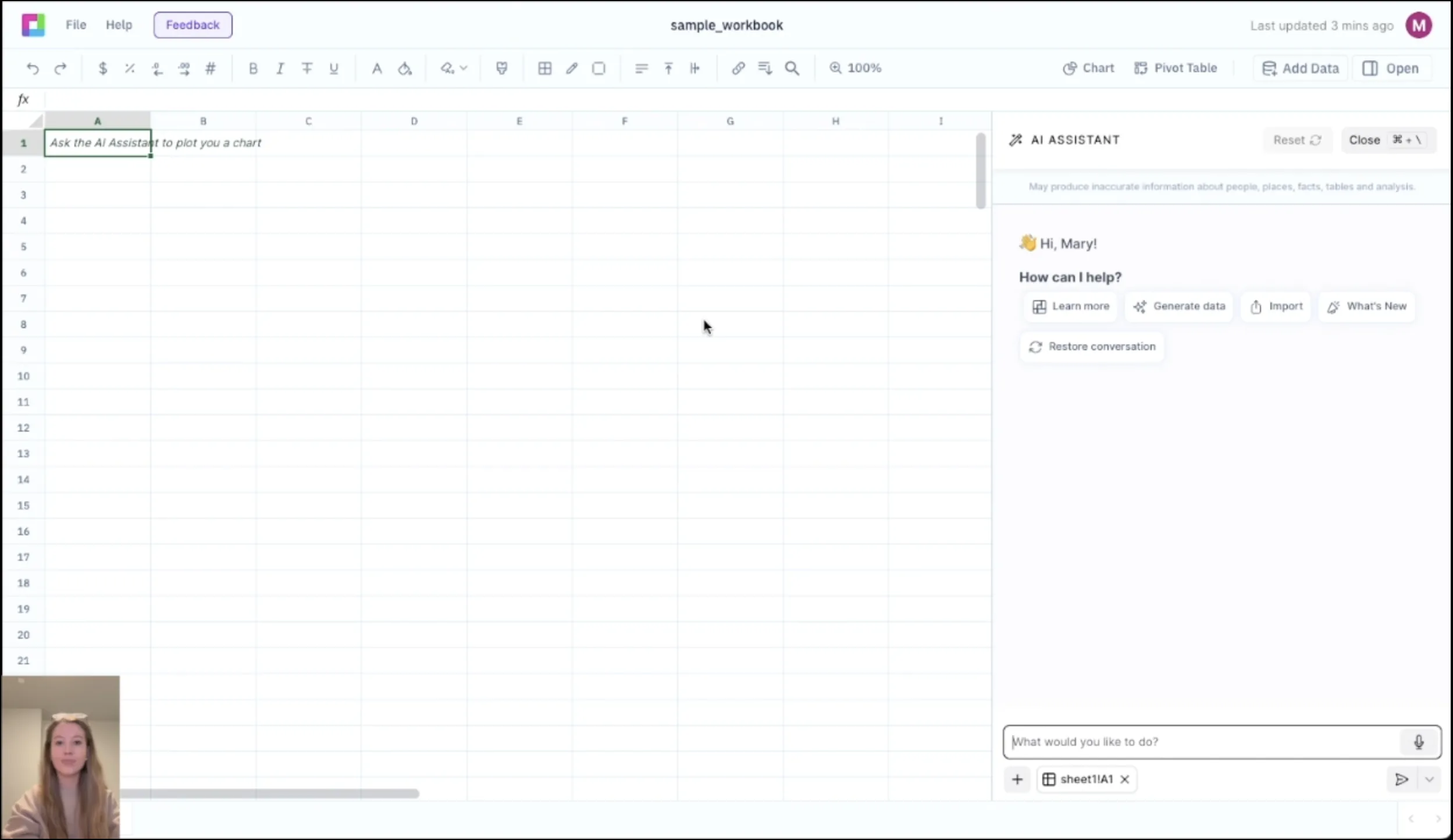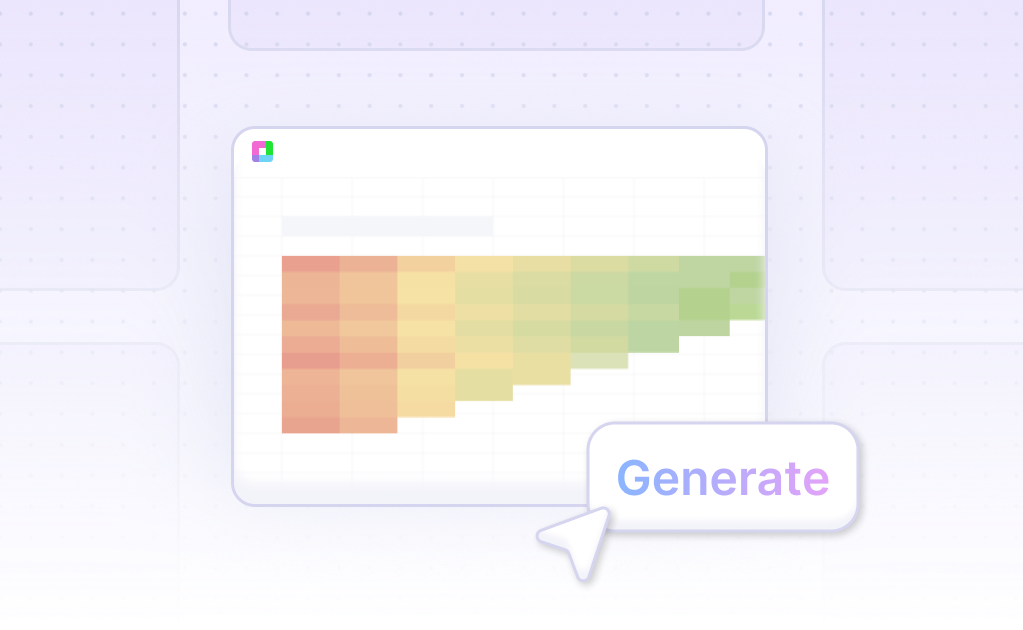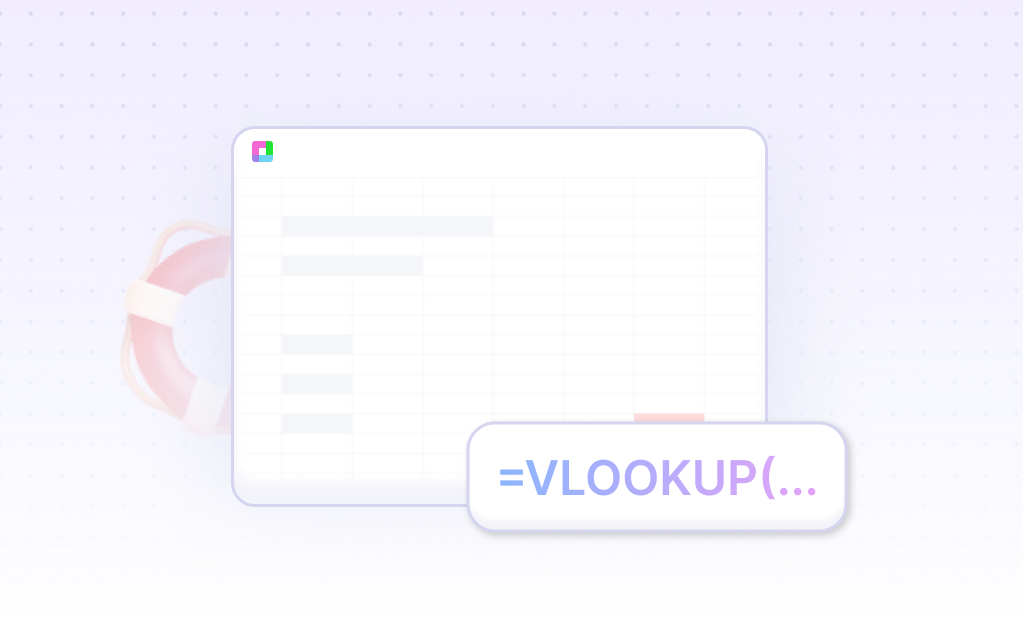
Value Investing Through Rigorous Analysis
Warren Buffett famously said, 'Price is what you pay; value is what you get.' Our Stock Valuation Model Excel template empowers investors to determine the intrinsic value of stocks through comprehensive fundamental analysis, ensuring you never overpay for your investments.
This professional-grade template combines multiple valuation methodologies including discounted cash flow (DCF) analysis, comparable company analysis, and ratio-based valuation. Whether you're a value investor seeking undervalued opportunities or an analyst conducting due diligence, this model provides the framework for thorough security analysis.
Multiple Valuation Approaches
Discounted Cash Flow (DCF) Analysis
Build detailed DCF models with revenue projections, margin analysis, and free cash flow calculations. The template includes sensitivity analysis for key assumptions like growth rates and discount rates, showing how changes impact intrinsic value.
Comparable Company Analysis
Value stocks relative to industry peers using P/E, EV/EBITDA, P/B, and P/S ratios. The template automatically calculates median and average multiples, applies them to your target company, and suggests a fair value range based on peer comparisons.
Asset-Based Valuation
For asset-heavy companies or special situations, calculate book value, tangible book value, and liquidation value. The template helps identify companies trading below their net asset value for deep value opportunities.
Dividend Discount Model
Value dividend-paying stocks using Gordon Growth Model and multi-stage dividend discount models. Perfect for valuing mature companies with stable dividend policies.
Comprehensive Financial Statement Analysis
Import 10 years of financial data and automatically calculate key metrics including revenue growth, margin trends, return on equity, and free cash flow conversion. The template highlights red flags and positive trends in financial performance.
Quality Metrics
Assess business quality through metrics like ROIC, ROE, and ROCE. Compare returns against cost of capital to identify value-creating businesses. The template includes Piotroski F-Score and Altman Z-Score for additional quality screening.
Growth Analysis
Analyze historical growth rates and project future performance based on industry trends, competitive position, and management guidance. The template uses multiple approaches to estimate sustainable growth rates.
Frequently Asked Questions
What financial data do I need to use this template?
You'll need at least 3 years of income statements, balance sheets, and cash flow statements. The template works best with 5-10 years of data. You can input data manually or import from financial databases. We provide guidance on finding free data sources.
How accurate are the valuation estimates?
Valuation is part art, part science. The template provides a range of values based on different methods and assumptions. Most professional investors look for a margin of safety of 20-30% below calculated intrinsic value. The template helps you understand sensitivity to key assumptions.
Can I use this for any type of company?
The template works best for established companies with positive cash flows. For early-stage or high-growth companies, we include modified approaches focusing on revenue multiples and future cash flows. Banks and REITs have specialized tabs with industry-specific metrics.
How do I determine the right discount rate?
The template includes a WACC calculator that estimates cost of equity using CAPM and cost of debt based on credit ratings. You can also input your required rate of return. We provide guidance on adjusting discount rates for company-specific risks.
Does it include sector-specific valuation methods?
Yes, the template includes specialized approaches for technology (SaaS metrics), retail (same-store sales), energy (EV/reserves), and financial services (P/TBV, efficiency ratios). Each sector tab includes relevant KPIs and valuation multiples.
Related Analysis Templates
Frequently Asked Questions
If you question is not covered here, you can contact our team.
Contact Us




